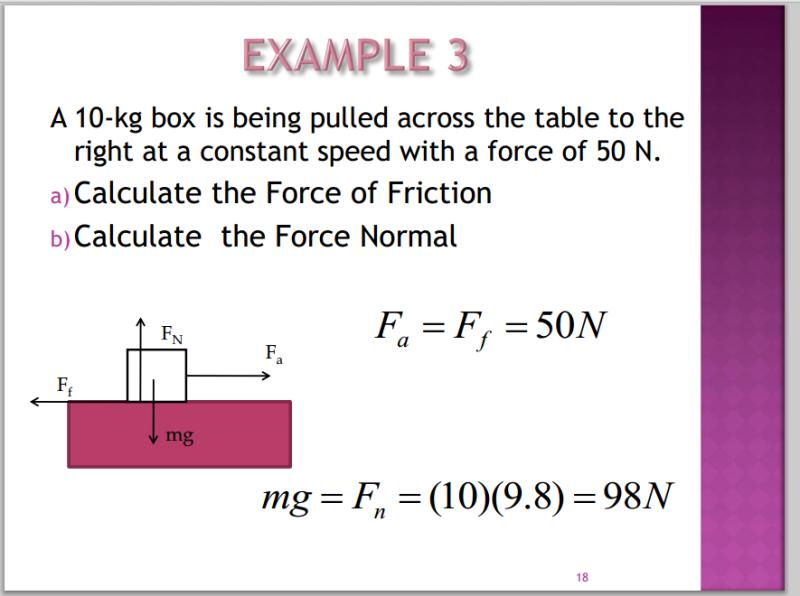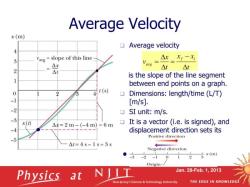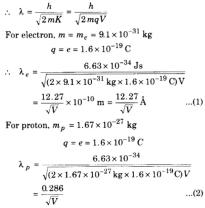What is the physics formula for force?
The physics formula for force is based on Isaac Newton's second law of motion, which relates force, mass, and acceleration. The formula is:
F = m * a
Where:
- F represents the force applied to an object, measured in newtons (N).
- m is the mass of the object, measured in kilograms (kg).
- a is the acceleration of the object, measured in meters per second squared (m/s²).
This formula states that the force applied to an object is equal to the product of its mass and the acceleration it experiences. In simpler terms, it explains that the more massive an object is or the greater the acceleration it undergoes, the greater the force required to achieve that acceleration.
Newton's second law of motion is a fundamental concept in physics and is used to describe the behavior of objects under the influence of forces. It is often expressed as "F = ma" and is applied to various scenarios, including the motion of vehicles, the behavior of objects under the influence of gravity, and the forces acting in mechanical systems.
The Physics Formula for Force: Understanding its Significance
Force is a fundamental concept in physics, representing an interaction that can change the motion of an object. It plays a crucial role in various phenomena, from the movement of celestial bodies to the everyday interactions of objects around us. Understanding the physics formula for force is essential for comprehending and predicting these phenomena.
The physics formula for force is derived from Newton's second law of motion, which states that the acceleration of an object is directly proportional to the net force acting on it and inversely proportional to its mass. Mathematically, it can be expressed as:
F = ma
Where:
- F is the net force acting on the object (measured in Newtons)
- m is the mass of the object (measured in kilograms)
- a is the acceleration of the object (measured in meters per second squared)
This formula highlights the relationship between force, mass, and acceleration. It implies that a greater force is required to accelerate a more massive object, and conversely, a less massive object will experience a greater acceleration for a given force.
Expressing Force Mathematically in the Field of Physics
The physics formula for force is not only a theoretical concept but also a practical tool for solving real-world problems. It is used in various fields of physics, including mechanics, electromagnetism, and gravity, to analyze and predict the motion of objects.
For instance, in mechanics, the formula is used to calculate the force required to move an object with a given mass and acceleration. It is also used to analyze the forces acting on objects in equilibrium, such as buildings and bridges.
In electromagnetism, the formula is used to determine the force between electrically charged particles. It plays a crucial role in understanding the behavior of atoms, molecules, and electrical circuits.
In gravity, the formula is used to calculate the gravitational force between objects with mass. It is essential for understanding the motion of planets, stars, and galaxies.
Newton's Laws and the Formula for Measuring Force
The physics formula for force is directly derived from Newton's second law of motion, which is one of the three fundamental laws of classical mechanics. These laws, formulated by Sir Isaac Newton in the 17th century, revolutionized our understanding of motion and laid the foundation for modern physics.
Newton's first law, also known as the law of inertia, states that an object at rest will remain at rest, and an object in motion will continue in motion with a constant velocity, unless acted upon by an external force.
Newton's second law, as discussed earlier, describes the relationship between force, mass, and acceleration. It provides a quantitative measure of force and explains how forces affect the motion of objects.
Newton's third law, the law of action and reaction, states that for every action, there is an equal and opposite reaction. This law emphasizes the reciprocal nature of forces and explains the interactions between objects.
Conclusion
The physics formula for force is a fundamental and powerful tool for understanding and predicting the motion of objects. It is derived from Newton's second law of motion and has applications in various fields of physics, including mechanics, electromagnetism, and gravity. By understanding this formula, we can better comprehend the world around us and the forces that shape our physical universe.











